 |
Patten 39 equipment.
At the beginning of the second world war in 1939 the British Army was around 200,000 strong, with the introduction of National Service and the call up of Army reservists the Army increased to 2,000,000 men.
The problem was that they had to then equip them all however the production of the patt 37 webbing equipment could not keep up with demand, this same problem had also occurred in 1914 at the beginning of the first world war with the patt 08 webbing equipment, this problem was solved by the introduction of the leather patt 14 equipment. So just as they did in the first world war the government approached the heads of the leather industry and asked them to design a leather alternative to Patt 37, basically they came up with a copy of the patt 37 webbing only in leather.
The difference between the two was that there was no patt 39 Haversack or packs. If needed they would use Patt 37 Haversacks and Packs with the leather equipment, the government immediately ordered one million sets of Leather Infantry Equipment Patt 39. Unlike the Patt 14 used in the first world war Patt 39 never saw front line service with the British Army, it was only used for training purposes and rear line troops including the home guard. When enough patt 37 webbing became available Patt 39 was withdrawn and reissued to the free Belgians and Dutch, it was also sent to Russia were it was issued to Czech and Polish troops there. The Belgians and Dutch carried on using it post war.
Pattern 39 Belt,no visible date. |
Pattern 39 Cartridge carriers for use by non infantry troop's.
Each carrier has two pockets with a strap on the inside which fastens to the same stud as the out side flaps,
therefor making two pockets each holding one clip of 5 rounds so forty rounds altogether. |
Pattern 39 basic pouches.Note the holes below the fastening straps
were they have been modified to increase the height to take sten mags.
Note the third and forth picture showing a slightly different basic pouch, it has a brass hook on its side
which was designed to push through holes on the belt to steady the pouches.
It has been suggested that these were the first pattern basic pouch which came as left and right and the hooks were
removed when they were modified to take the sten mags?
|
Pattern 39 L straps. The second picture shows men of the Sherwood Foresters in 1940 wearing 1939 pattern equipment in various orders. |
Pattern 39 water bottle carrier
and Pattern 39 supporting straps used with the the Valise/large pack. |
Pattern 39 Binocular case dated 1939 and stamped for the air ministry. |
Pattern 39 Case, pistol second issue, dated 1940, the first issue had the same buckle and belt attachment as the previous
Binocular case. I have not seen any evidence to suggest that this second issue replaced the first issue, it could be just a case saving material by making
a simplified version. Unfortunately somebody has made some holes in this one. |
Pattern 39 pistol ammunition pouch with no visible date. |
Pattern 39 Bayonet frog undated and no marks that can be seen. |
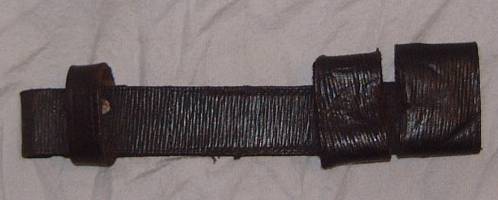 |
 |
Pattern 39 entrenching spade. No markings on this one but all those I have seen were
dated 1940.
In 1923, the British made all entrenching tools obsolete, I assume they thought trench warfare was a thing of the past,
and shovels would not be needed.
when the Pattern 1937 web gear was issued they realised that the troops would need some sort of entrenching tool.
In 1939 the British Expeditionary Forces were sent to France, without an entrenching tool. The War Ministry selected a
existing design to put into service as the new issue entrenching tool.
This new entrenching tool/spade was officially adopted at the end 1939, but was not issued until the beginning of 1940.
The Pattern 1939 spades were not very good for anything other than digging in soft soil,
In July of 1941 the Pattern 1939 spade was made obsolete and was replaced with the Pattern 1937 pick. The Pattern 1939
spades were eventually relegated to training stores and for use with Cadet Training Units. In 1947 they were removed from
all British service. |
 |
 |
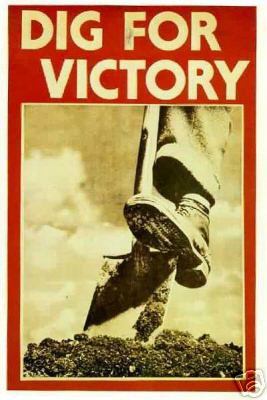 BACK TO MILITARY EQUIPMENT BACK TO MILITARY EQUIPMENT |




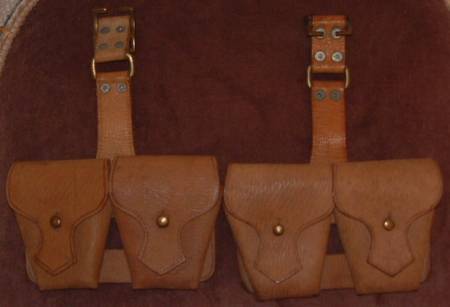

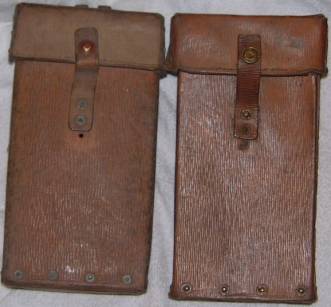

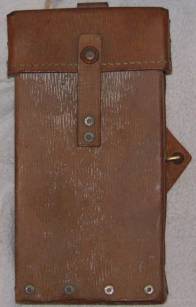
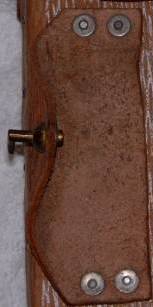


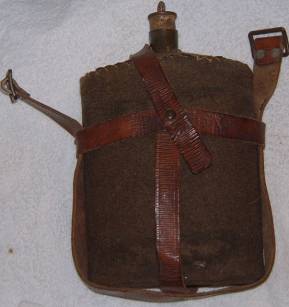
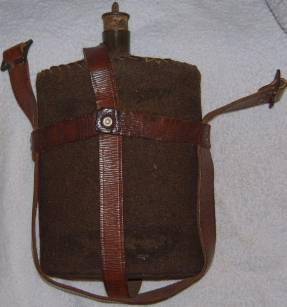
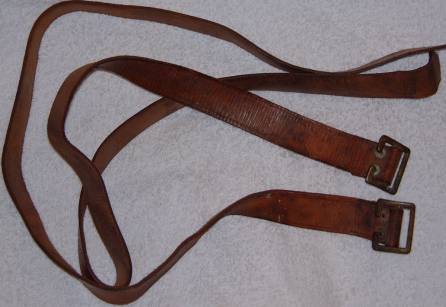

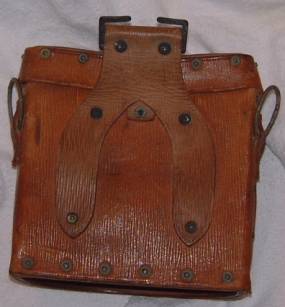

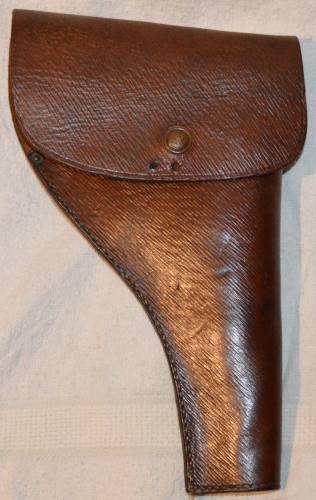
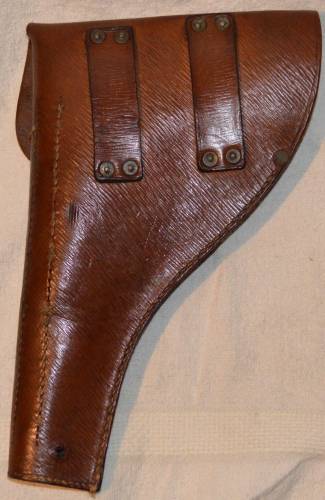

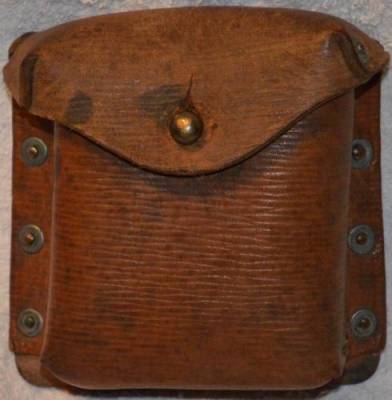
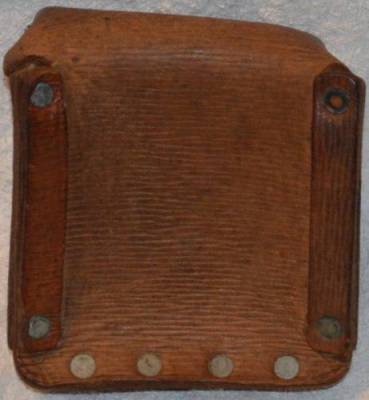




 BACK TO MILITARY EQUIPMENT
BACK TO MILITARY EQUIPMENT